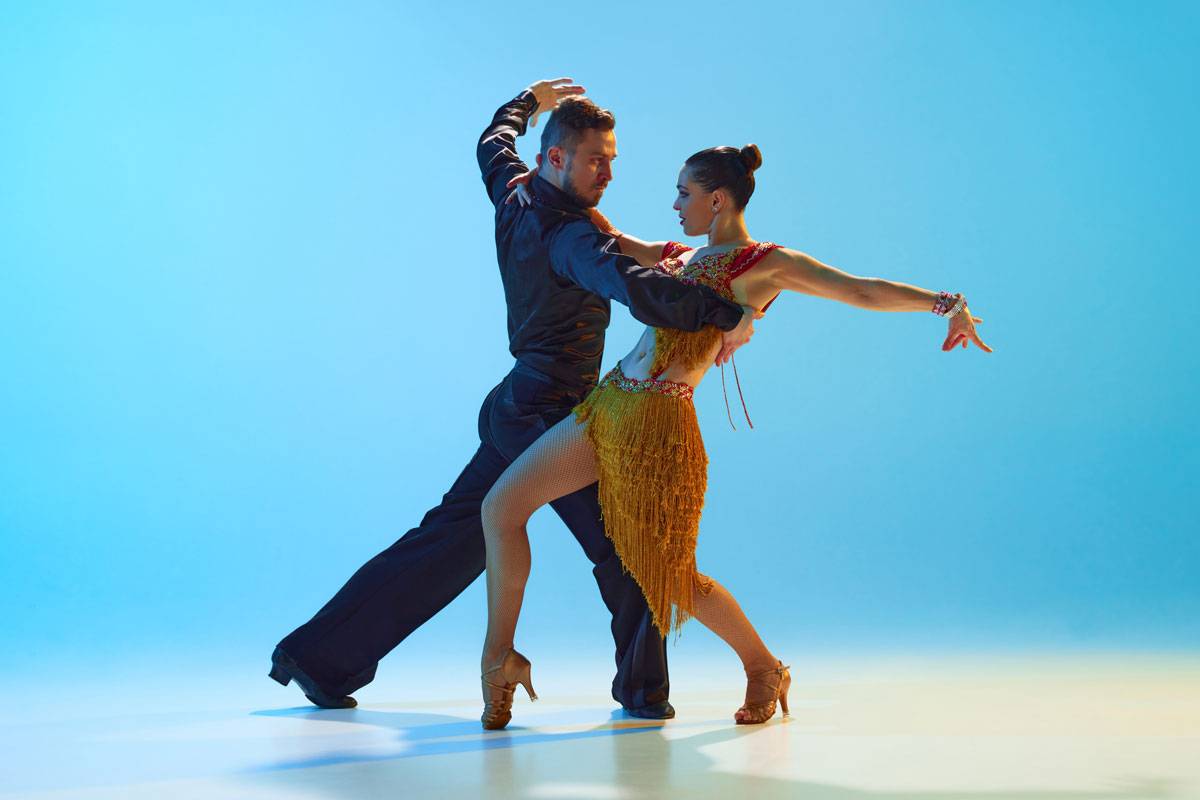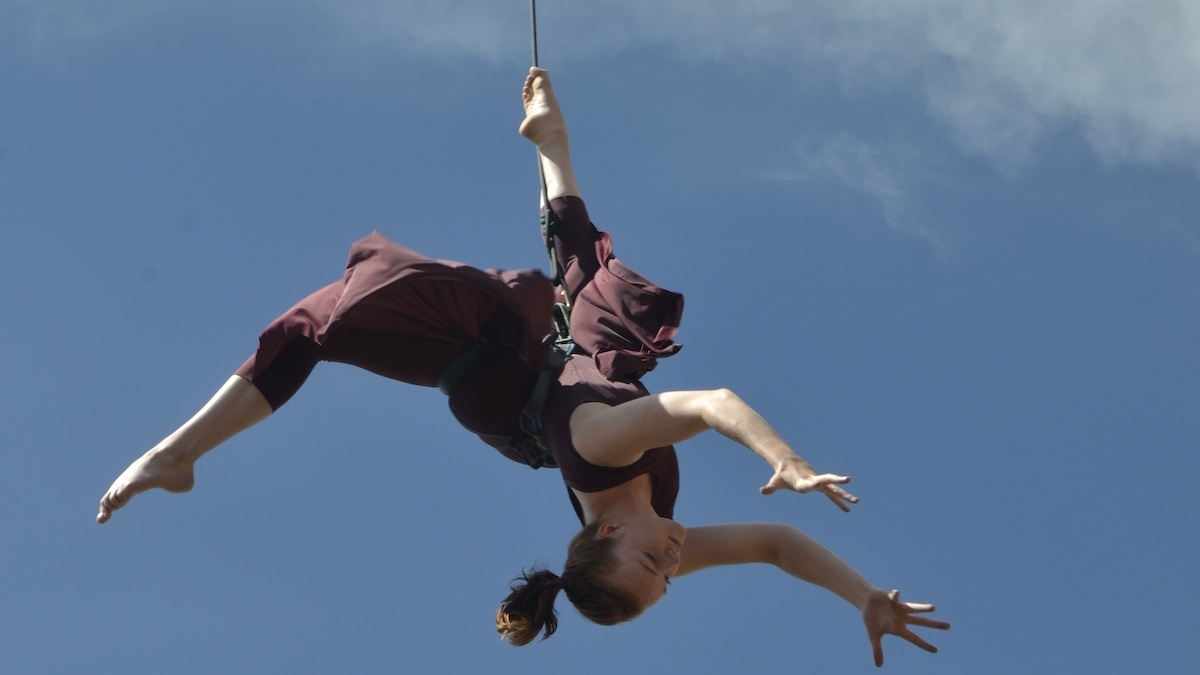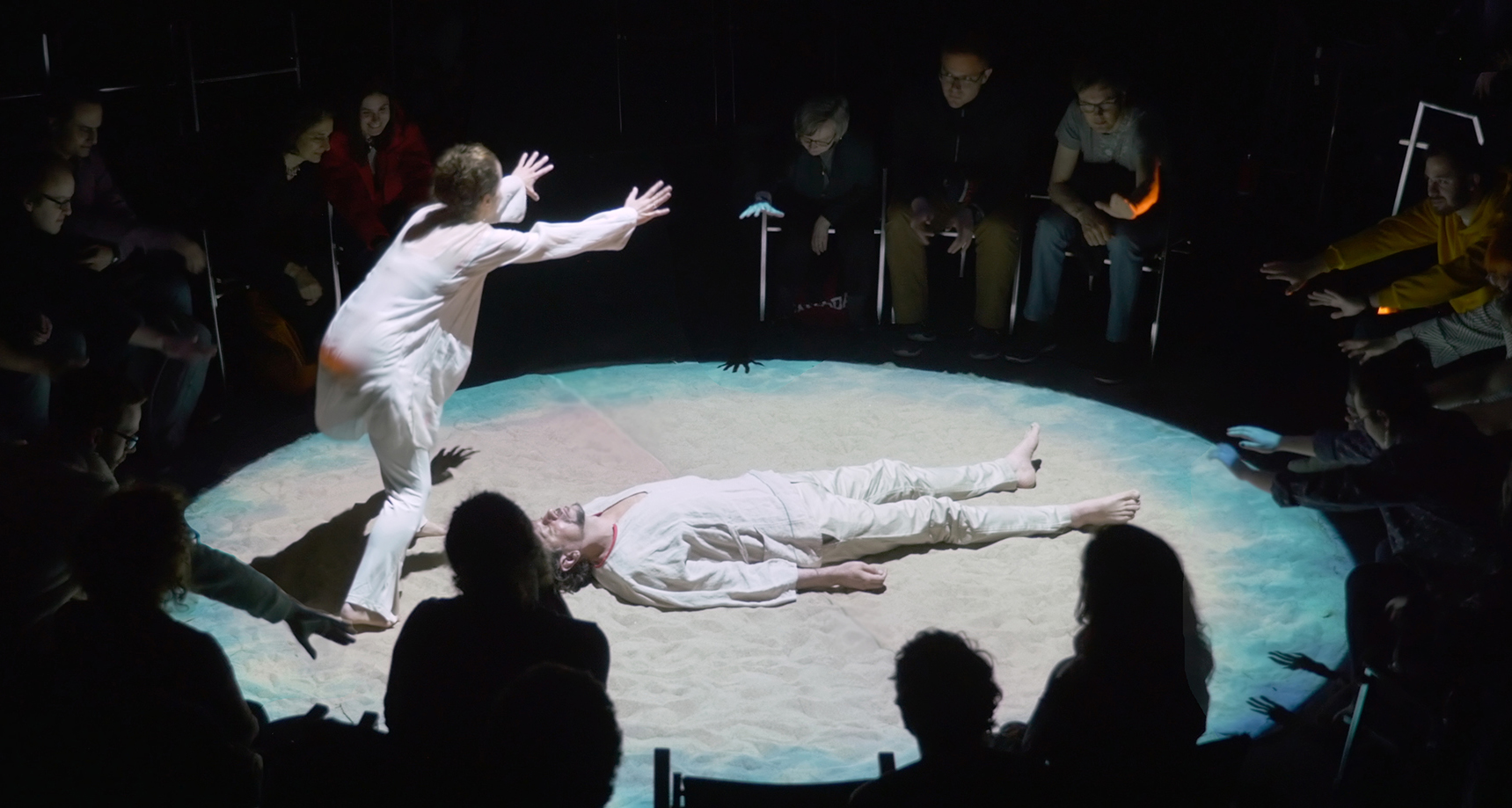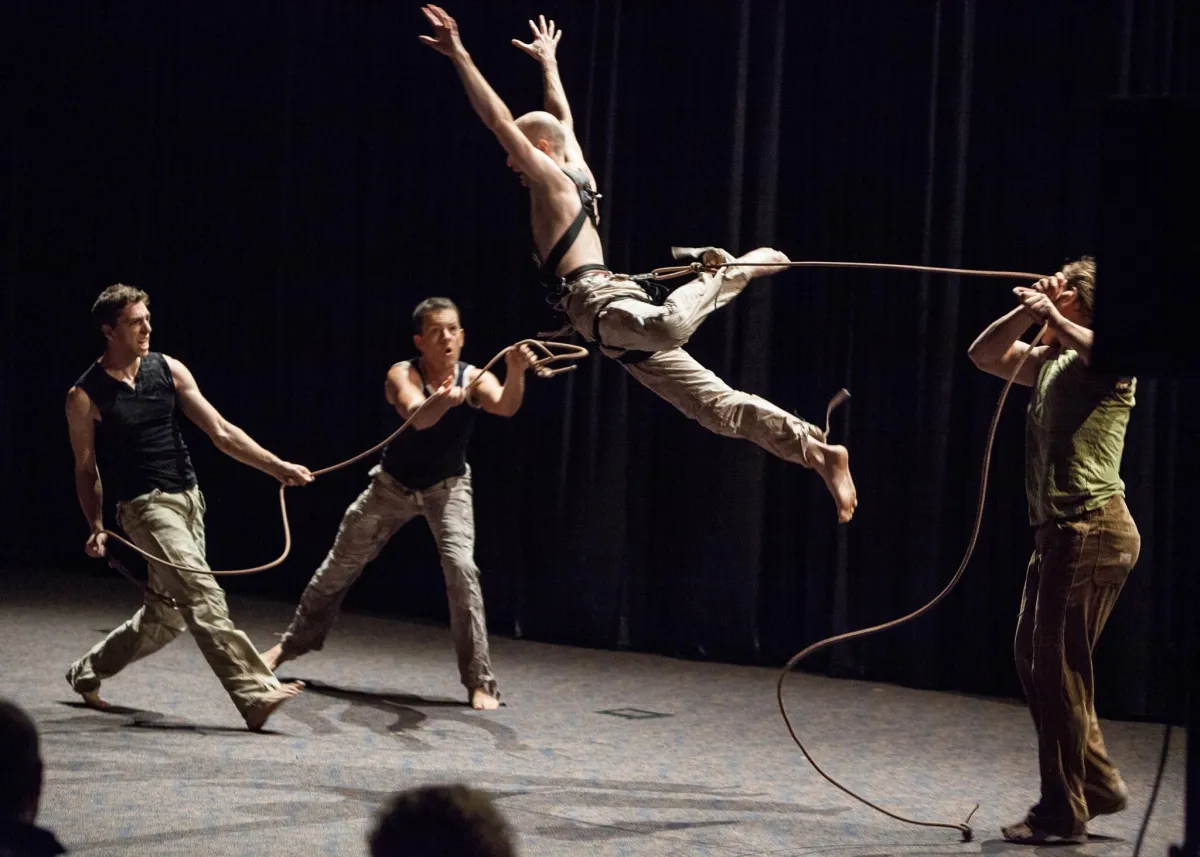scrapfellow.com – Salsa, one of the most popular and dynamic dance styles worldwide, is known for its vibrant rhythms, energetic movements, and infectious energy. It has evolved into a cultural phenomenon that brings people together from all walks of life, transcending borders and uniting them on the dance floor. Whether it’s the fast-paced beats, the sensual connection between partners, or the exhilarating sense of freedom it provides, salsa dance continues to captivate dancers and audiences alike. This article explores the origins, evolution, techniques, and cultural significance of salsa dance, as well as its lasting impact on global dance communities.
Origins of Salsa Dance: A Fusion of Cultures
Salsa’s roots are deeply embedded in the history of Latin America, specifically in the Caribbean, but its development spans across multiple cultural influences over several centuries.
-
Cuban Beginnings: Salsa is often linked to Cuban son, a traditional style of music and dance that originated in Cuba in the early 20th century. The rhythm and syncopation of Cuban son heavily influenced the early forms of salsa. Other Cuban dance styles, such as mambo, cha-cha-cha, and rhumba, also contributed to the creation of salsa.
-
Puerto Rican Influence: In the mid-20th century, salsa evolved further in New York City as Cuban, Puerto Rican, and other Latin American immigrants fused their distinct musical and dance traditions. The New York salsa scene, particularly in neighborhoods like El Barrio (East Harlem), became a hotspot for the genre’s development, with artists and dancers adding their personal touch to the rhythms, melodies, and movements. This blend of Cuban, Puerto Rican, jazz, and Afro-Caribbean music and dance styles resulted in the salsa we know today.
-
African and Afro-Caribbean Roots: The African diaspora played a significant role in the development of salsa. Many of the rhythms, beats, and movements of salsa are rooted in the African traditions brought over by enslaved people to the Caribbean. These rhythms, such as the clave and rumba, remain central to salsa music and dance today.
The Evolution of Salsa Dance: From New York to the World
Salsa’s journey from the streets of New York to global dance floors is a tale of constant evolution and adaptation.
-
Mambo and the Birth of Salsa: In the 1940s and 1950s, mambo, a dance with roots in Cuban music, became wildly popular in the U.S., especially in New York. This style of dance, with its lively movements and energetic footwork, laid the foundation for salsa. The term “salsa” (which means “sauce” in Spanish) was coined in the 1960s to describe this hot, spicy blend of dance and music.
-
The Palladium Ballroom: The Palladium Ballroom in New York City, during the 1940s and 1950s, was a key venue where mambo music and dance flourished. Legends like Tito Puente, Machito, and Perez Prado performed there, shaping the sound of salsa. Dancers in this era began to infuse their moves with influences from jazz, swing, and Afro-Cuban dance, solidifying salsa as a distinct genre.
-
The Spread of Salsa Worldwide: Salsa dance eventually spread to various parts of the world, including Latin America, Europe, and even Asia. Each region added its unique flavor to salsa, contributing to the diverse range of salsa styles we see today, such as LA Style, New York Style, Cuban Salsa, and Colombian Salsa. In the 1980s and 1990s, salsa experienced a resurgence, with new generations of dancers and musicians bringing the genre back into the mainstream.
Salsa Dance Styles: A Variety of Rhythms and Movements
While salsa has a unified core, there are several distinct styles, each with its own rhythm, footwork, and emphasis on particular movements. Some of the most popular salsa styles include:
-
LA Style (On1): Developed in Los Angeles, this style is known for its sharp, linear movements and emphasis on timing with the downbeat (the first beat of the music). It features fast footwork and dramatic spins. LA Style salsa is typically danced “on1,” meaning dancers step forward or backward on the first beat of the music.
-
New York Style (On2): Also known as “Eddie Torres” style (named after the famed salsa dancer), New York Style is danced “on2,” with dancers stepping forward or backward on the second beat of the music. This style incorporates elegant turns, spins, and smooth body movement. It emphasizes musicality and connection with the rhythm.
-
Cuban Salsa (Casino): Cuban salsa, also called “Casino,” is characterized by circular movements and a relaxed style of dancing. It is usually danced to a slower rhythm and often involves partner turns, spins, and intricate footwork, with an emphasis on the lead-follow connection.
-
Colombian Salsa (Cali Style): Salsa from Cali, Colombia, is known for its incredibly fast footwork and intricate steps. It is a highly energetic style, often involving complex foot patterns and rapid spins. The style has its roots in the Cumbia and Salsa choke music, which gives it a distinct flavor.
The Music: Salsa’s Heartbeat
At its core, salsa is as much about the music as it is about the dance. Salsa music is built around vibrant, syncopated rhythms and infectious beats, with instruments such as congas, bongos, timbales, piano, trumpets, and saxophones taking center stage. The rhythm section is typically led by the clave, a two-part rhythm that forms the backbone of the salsa beat.
-
Clave Rhythm: The clave rhythm, played on two wooden sticks known as claves, is the foundational beat of salsa music. Dancers align their movements with the 2-3 or 3-2 clave patterns, providing a framework for the entire performance.
-
Salsa’s Evolution in Music: Over time, salsa music has evolved, incorporating elements of jazz, funk, and even rock. Legendary salsa musicians like Héctor Lavoe, Willie Colón, Celia Cruz, and Marc Anthony have contributed to salsa’s global appeal through their influential recordings and performances.
Salsa Dance and Culture: A Global Phenomenon
Salsa is more than just a dance; it’s a global cultural movement that has brought people together across cultures, ages, and backgrounds.
-
Dance Communities: Salsa dance communities exist worldwide, with major cities like New York, Los Angeles, Miami, Cali, Havana, and London boasting thriving salsa scenes. Salsa festivals, competitions, and workshops are common, drawing thousands of dancers and spectators annually. Salsa clubs, or “salsa socials,” are popular worldwide, where people of all skill levels come together to dance and socialize.
-
Social Connection: Salsa is unique in its focus on connection and partnership. It is often a social dance, where lead and follow roles are clearly defined, but the communication is non-verbal. Salsa dancers rely on cues, body movements, and eye contact to create a dynamic connection, making it a deeply interactive and communal dance experience.
-
Fitness and Fun: Salsa is also an excellent way to stay fit while having fun. The fast-paced movements and constant motion help improve cardiovascular health, flexibility, and coordination. It’s a full-body workout that engages the core, arms, and legs, making it both an enjoyable and effective way to stay in shape.
Conclusion: A Dance of Passion and Expression
Salsa dance is much more than just a series of steps; it’s an expression of culture, emotion, and rhythm. Its infectious energy and captivating beats continue to draw people from all over the world, uniting them in the spirit of music, movement, and joy. Whether you’re a beginner or an experienced dancer, salsa offers something for everyone—freedom, creativity, and a connection to both the music and your partner. So, put on your dancing shoes and embrace the rhythm of salsa, where passion and movement come together in perfect harmony.





